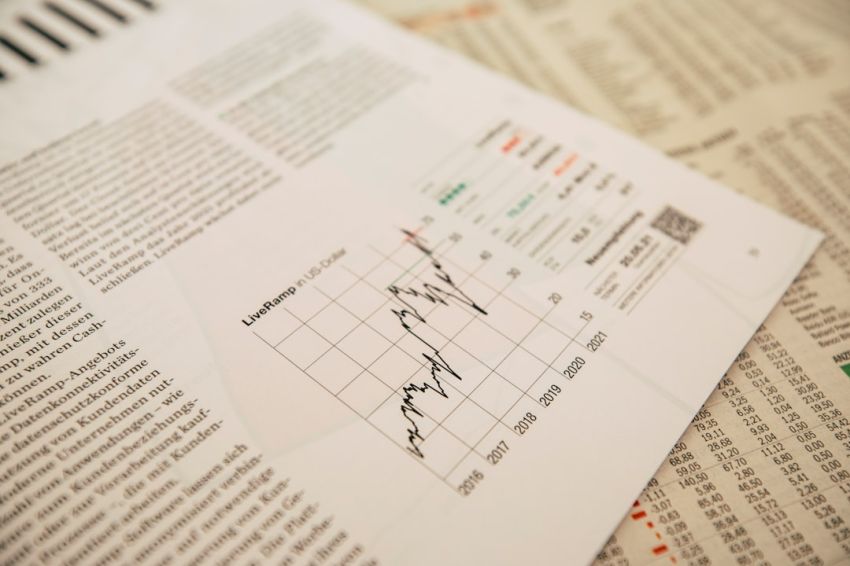Commodity prices are influenced by a myriad of factors, but one of the most fundamental and impactful forces at play is the relationship between supply and demand. This dynamic duo dictates the prices of commodities across various markets, shaping economies, industries, and consumer behaviors. Understanding how supply and demand interplay to determine commodity prices is crucial for investors, businesses, and policymakers alike.
The Dance of Supply and Demand
At the heart of the commodity market lies the intricate dance between supply and demand. Supply represents the quantity of a commodity that producers are willing and able to offer for sale at various price levels, while demand signifies the quantity of that commodity that consumers are willing and able to purchase at those same price levels. When supply and demand are in equilibrium—meaning they are equal at a specific price—the market clears, and prices remain stable.
Subheading: Supply Factors Affecting Commodity Prices
Supply-side factors play a crucial role in determining commodity prices. Natural disasters, political instability, technological advancements, and government regulations can all impact the supply of commodities. For example, a drought in a major agricultural region can lead to lower crop yields, reducing the supply of food commodities and driving prices higher. Similarly, geopolitical tensions in oil-producing countries can disrupt the supply of crude oil, causing prices to spike.
Subheading: Demand Factors Affecting Commodity Prices
On the flip side, demand-side factors also exert significant influence on commodity prices. Economic growth, changes in consumer preferences, population growth, and technological innovation can all affect the demand for commodities. For instance, a growing middle class in emerging economies may increase the demand for luxury goods, driving up the prices of commodities like gold and diamonds. Conversely, a shift towards electric vehicles could reduce the demand for gasoline, leading to lower oil prices.
The Price Elasticity Factor
Price elasticity, or the responsiveness of supply and demand to changes in price, also plays a critical role in determining commodity prices. Inelastic commodities have limited substitutes or are essential goods, meaning changes in price have a minimal impact on the quantity demanded or supplied. For example, gasoline is often considered inelastic because consumers need it for transportation and have few alternatives. On the other hand, luxury items like designer clothing may be more elastic, as consumers can easily switch to cheaper alternatives.
The Impact of Speculation on Commodity Prices
Speculation, or the practice of buying and selling commodities with the expectation of profiting from price fluctuations, can amplify the effects of supply and demand on commodity prices. Speculators often use futures contracts to bet on the future price of commodities, which can lead to volatility in the market. While speculation can provide liquidity and help price discovery, it can also create artificial price movements that deviate from supply and demand fundamentals.
Subheading: Market Sentiment and Psychological Factors
Market sentiment and psychological factors also play a role in shaping commodity prices. Fear, greed, and herd mentality can drive prices to extremes, leading to speculative bubbles or crashes. Additionally, news events, rumors, and global events can trigger sudden shifts in market sentiment, causing prices to spike or plummet. Understanding these psychological drivers is crucial for navigating the volatile world of commodity trading.
Navigating the Supply and Demand Rollercoaster
In conclusion, the interplay between supply and demand is a fundamental driver of commodity prices. By closely monitoring supply-side factors, demand-side dynamics, price elasticity, speculation, and market sentiment, investors and businesses can better anticipate price movements and make informed decisions. While the commodity market can be unpredictable and volatile, a deep understanding of the forces at play can help stakeholders navigate the ups and downs of this ever-evolving landscape.










